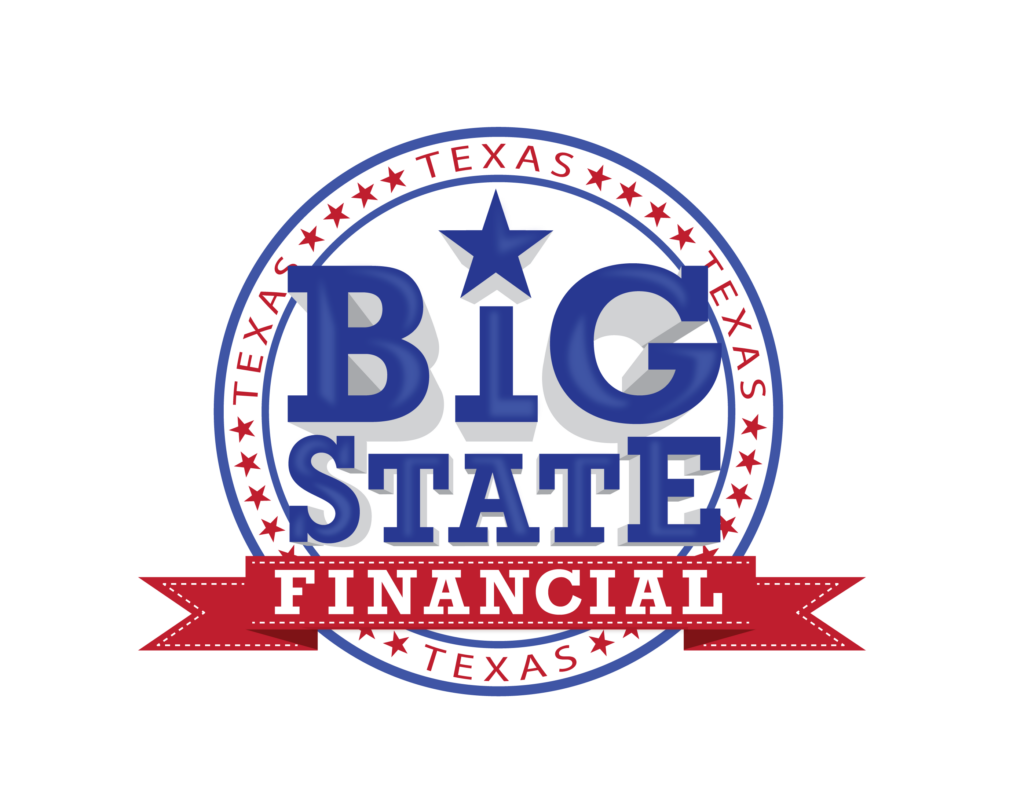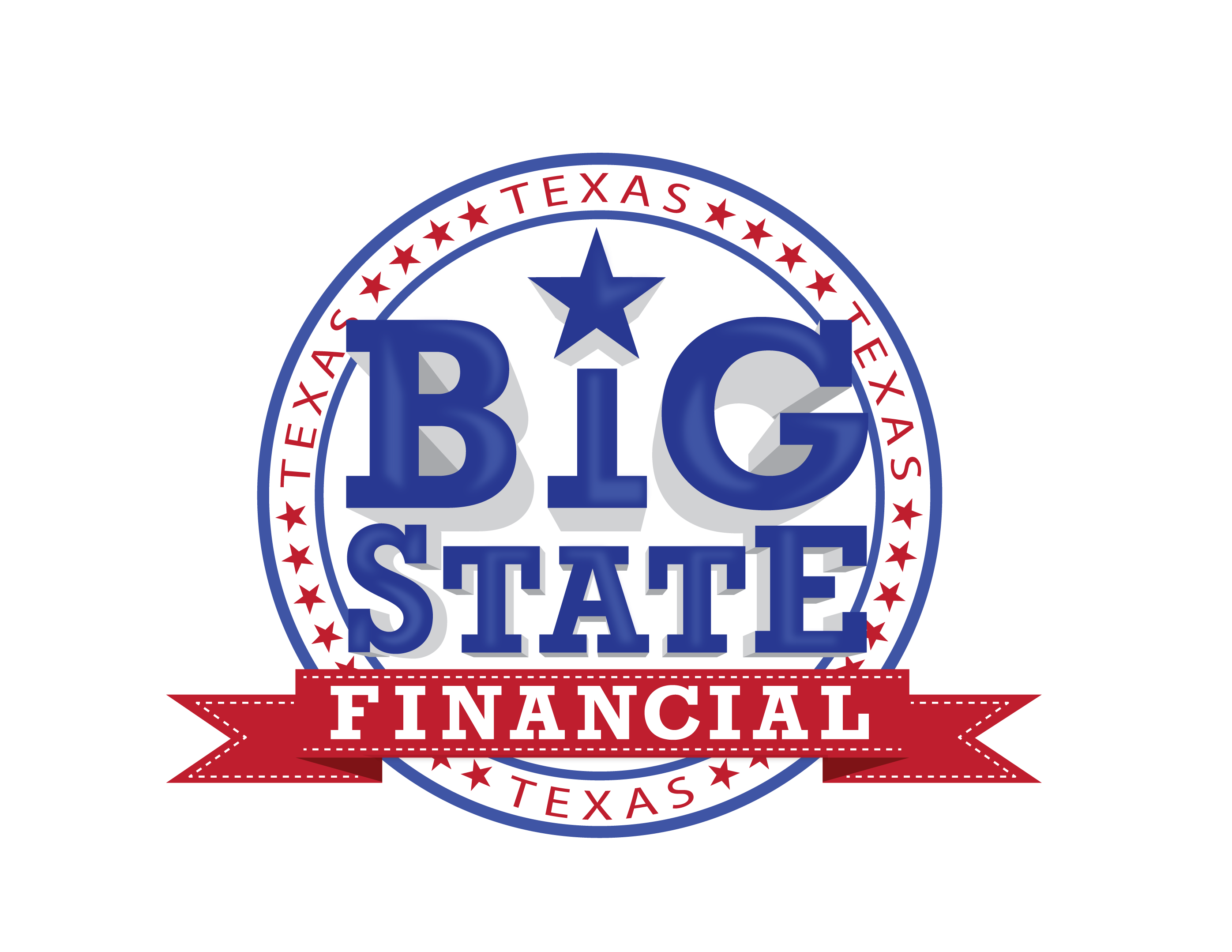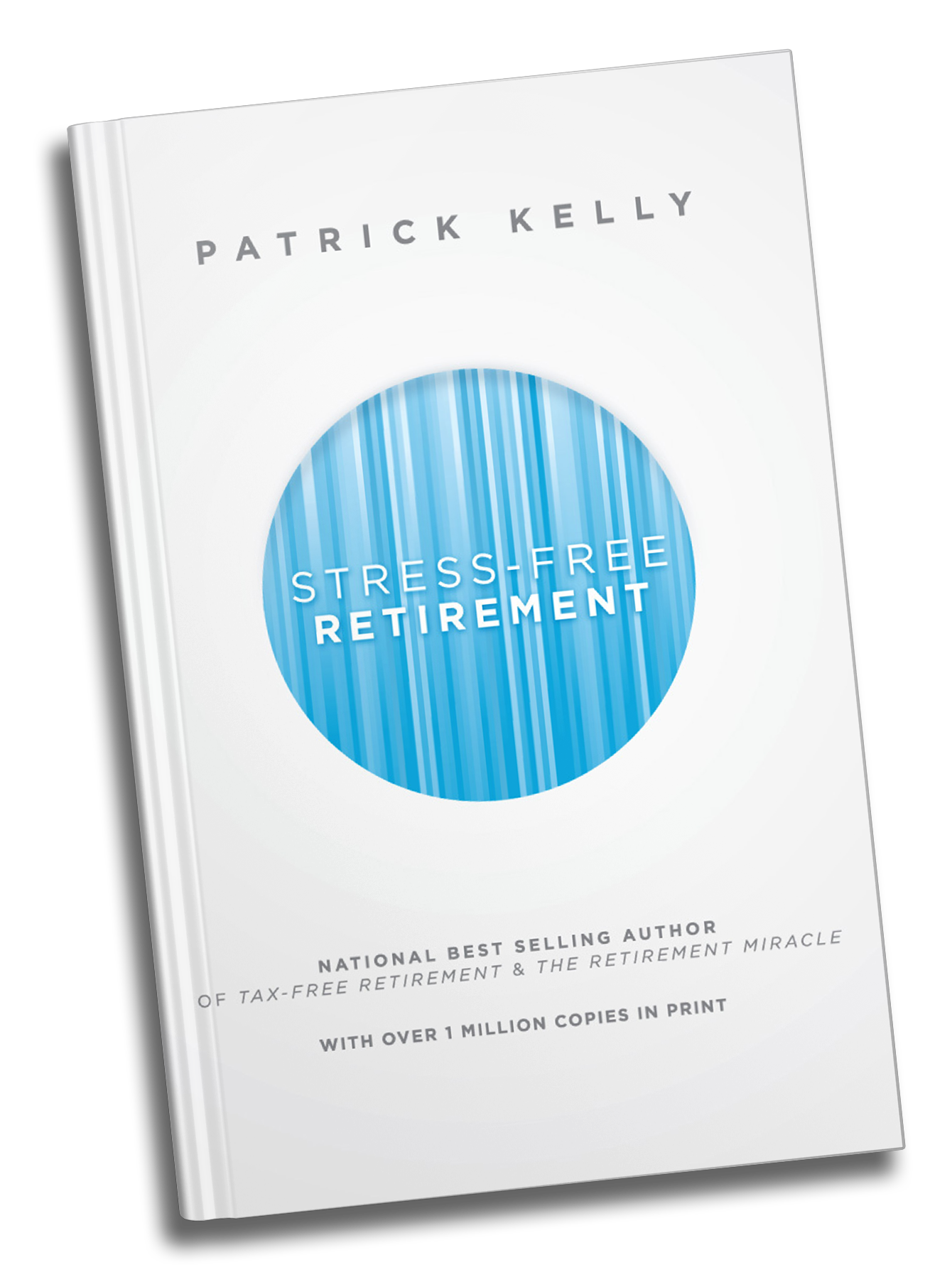
Between the trade war heating up, and the recent market volatility, there’s no telling what kind of market we’re heading into. After enjoying a 10 year long bull market, there could be rougher times ahead in the near future, or down the road after you’re retired.
Many experts are looking at the fact that China has, and likely will devalue their currency as part of the developing trade war if tariffs are imposed on $550 Billion worth of Chinese goods. Last time they did this, there was a market drop. If current trends continue, we could see lower interest rates, higher inflation, and future market corrections.
So, what happens if you retire during in a bear market? Or if – and when – there is volatility in the future? Luckily, there are ways to help protect yourself when retirement planning in a volatile market. Generally, as someone gets closer to retirement, they’ll want to limit their risk exposure. They might invest less in stocks and more in bonds. For some retirees, an annuity can act as a steady and predictable source of income for a certain period of time, or their entire lives. Whatever the best plan is for you, it’s probably not to panic in times of market volatility. This is because decisions based on the emotions of the moment tend not to be the best decisions for the long term. In the end, no one can predict where the market will be in a few months, let alone in 20 years, but it’s likely that the recent market drops won’t be the last you’ll see in your lifetime.
There are many experts out there writing about what people nearing or already in retirement should do with their money to keep it safe. Some of it might be good advice, but the problem is that it may or may not apply to you and your particular financial situation. Knowing all possible options for your money and considering your risk tolerance can help you make the right decision for yourself in the long-term.
Retirement plans are not one size fits all, especially when it comes to protecting yourself from market volatility. We can take the time to learn about your unique retirement goals and risk tolerance, and create a plan for a 30 plus year retirement. To get started, click here to schedule a no cost, no obligation financial review.



